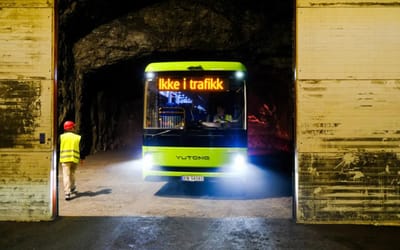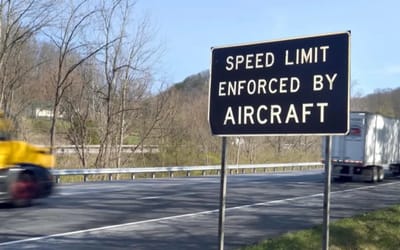Vittori Turbio is an AI-assisted designed V12 hypercar with 3D printed components
Published on Nov 18, 2025 at 1:02 PM (UTC+4)
by Alessandro Renesis
Last updated on Nov 21, 2025 at 9:49 PM (UTC+4)
Edited by
Amelia Jean Hershman-Jones
This is the Vittori Turbio, a V12 hypercar manufactured in Italy and designed by Pininfarina.
It’s spectacular, and rare – only 50 units will be made.
We should also point out that Pininfarina did sketch this beauty, and the V12 that powers it is also Italian – but there’s more than meets the eye.
That’s because there’s another element that makes this car truly unique.
DISCOVER SBX CARS: The global premium car auction platform powered by Supercar Blondie
This is why the Vittori Turbio is a truly unique hypercar
The Vittori Turbio is the first supercar shaped by artificial intelligence.
Vittori began by feeding design parameters – proportions, airflow targets, styling cues, and so on – into a generative AI system that produced hundreds of concept sketches.

From there, Pininfarina’s very capable (and very human) designers took over, refining the AI idea and turning it into physical design cues to create a hypercar that’s every bit as competent as it is beautiful.
The result is a low-slung shape that looks halfway between a modern mid-engined supercar and a wedge-shaped supercar from the 80s.

Power comes from a hybrid V12 unit developed in Turin, Italy, by Italtecnica.
The V12 is paired with electric motors for a grand total of 1,100+ horsepower, giving the Turbio a 0-60mph of 2.5 seconds.
Even with the electric motors, you probably won’t get crazy good MPG.
But then again, that’s hardly the point with a V12 hypercar.
There’s something else that makes this hypercar more efficient than its peers

In addition to the hybrid V12, there’s another key feature of the Turbio that makes it a bit more efficient and sophisticated than most of its rivals.
That’s because parts of the chassis and body are 3D-printed in titanium, while carbon fiber makes up much of the structure.
Active aerodynamics, including a moving rear wing, promise a lot of drama but, more importantly, a lot of downforce, while the interior will be functional, but also slightly minimalist, with more physical buttons than screens.

Production is scheduled to start sometime next year, and with the V12 hypercar being limited to just 50 units worldwide, it’s not going to be cheap.
The price? Seven figures, as you’d expect from a supercar of this caliber.




